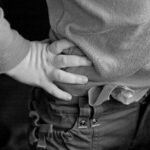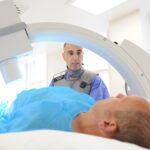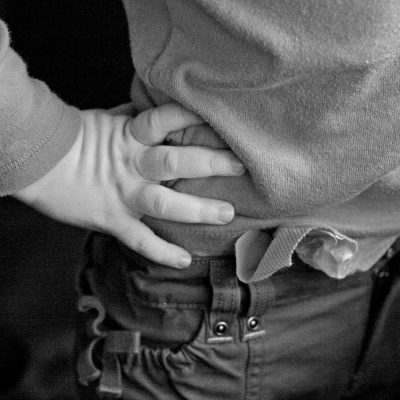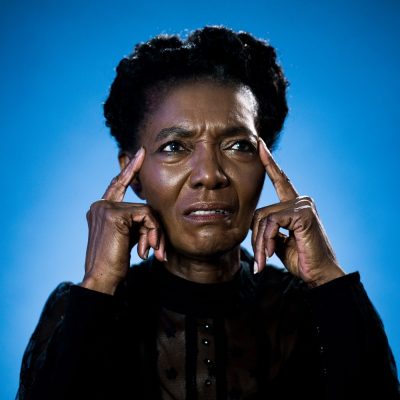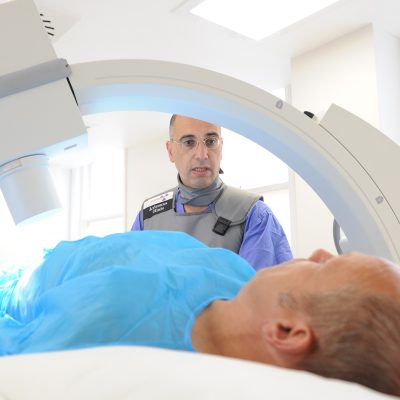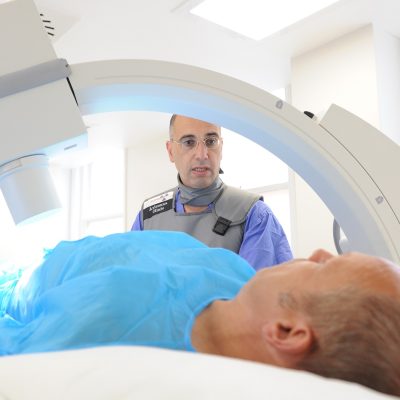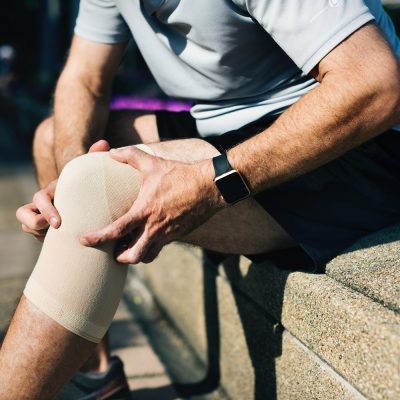Mr Araz Massraf, Consultant orthopaedic surgeon at Avicenna Clinic discusses a common cause of hip pain.
Pain in and around the hip is a common complaint as it may affect everything that we can do. The pain could arise from the hip joint itself or from the tissues surrounding the hip including what is known as Greater trochanteric pain syndrome (GTPS). GTPS is a term used to describe pain overlying the lateral aspect of the hip and radiating along thigh to the knee. Trochanteric bursitis is the most common cause of Greater Trochanteric Pain Syndrome. Bursitis is an inflammation of a bursa. A bursa is a fluid-filled sac that functions as a gliding surface to reduce friction between tissues of the body. The hip bone has a bony prominence that can be felt on the side of the hip which is known as the greater trochanter. The Trochanteric bursa is located over this bony prominence and is the bursa that is most commonly inflamed around the hip.
Trochanteric bursitis pain typically occurs when sleeping on the affected side, upon getting up from a deep chair or after prolonged sitting (eg. in a car), climbing stairs, sitting with the legs crossed and increased when walking, cycling or standing for long periods of time.
The trochanteric bursa may be get inflamed by friction between the tendons against the hip bone. This may follow an acute injury for example from a fall or sport-related impact trauma. However, it is more commonly the result of repetitive trauma to the bursa from sport activities such as running, walking into fatigue, or cycling. Other factors which may contribute to the development of trochanteric bursitis include deformity of the spine ( scoliosis), unequal leg length, weakness of the muscles with pelvic imbalance, inflammatory arthropathy (rheumatism) and degenerative conditions.
Trochanteric bursitis diagnosis is suspected during the clinical assessment including medical history and physical examination of the hip, pelvis and back. A hallmark sign is tenderness over the bursa or greater trochanter (hip bone) when pressure is applied. The diagnosis is usually confirmed by imaging including ultrasound and MRI scans.
Most cases of trochanteric bursitis are self-limited and are treated by simple measures. In the acute phase, daily application of ice packs is recommended to reduce the pain and swelling.
Anti-inflammatory drugs, commonly known as non-steroidal anti-inflammatory drugs (usually abbreviated as NSAIDs or NAIDs) are used primarily to treat mild to moderate pain associated with the inflammation.
Injection of a corticosteroid together with a local anaesthetic into the bursa may be required to relief the pain and may be stimulate the healing response. It also will serve to confirm the diagnosis of bursitis if relief of pain is obtained after the injection. It is preferable to have the injection performed using ultrasound guidance to ensure accurate injection into the bursa.
Physiotherapy plays an essential role in the management of trochanteric bursitis. The hip joint is a very deep joint surrounded by almost 30 muscles. Physiotherapy aims to strengthen these muscles, increase flexibility, maintain range of motion of the joint, and decrease the associated inflammation. Other treatment options include acupuncture and shock-wave lithotripsy.
In chronic resistant cases when conservative measures fail to relief the pain, surgery may be required. The surgical techniques used may include excision of the bursa (bursectomy) or removal of the bony spurs (osteotomy).
It is important to recognize that trochanteric bursitis may recur following successful treatment. Engagement in a rehabilitation program to strengthen and condition the pelvic muscles, wearing appropriate footwear to support any biomechanical imbalance and addressing any weight issue may help to prevent recurrence of the pain.
Trochanteric bursitis is a common cause of pain lateral to the hip joint. The pain management requiers multi-professional approche. At Avicenna clinic, we have a range of specialist consultants and state-of-the-art imaging department including the only open MRI in the area to deal with all cases of acute and chronic pain quickly and to deliver tailored comprehensive treatment plans. To book a consultation or for more information, contact Avicenna Clinic on Tel 0330 202 0597.

